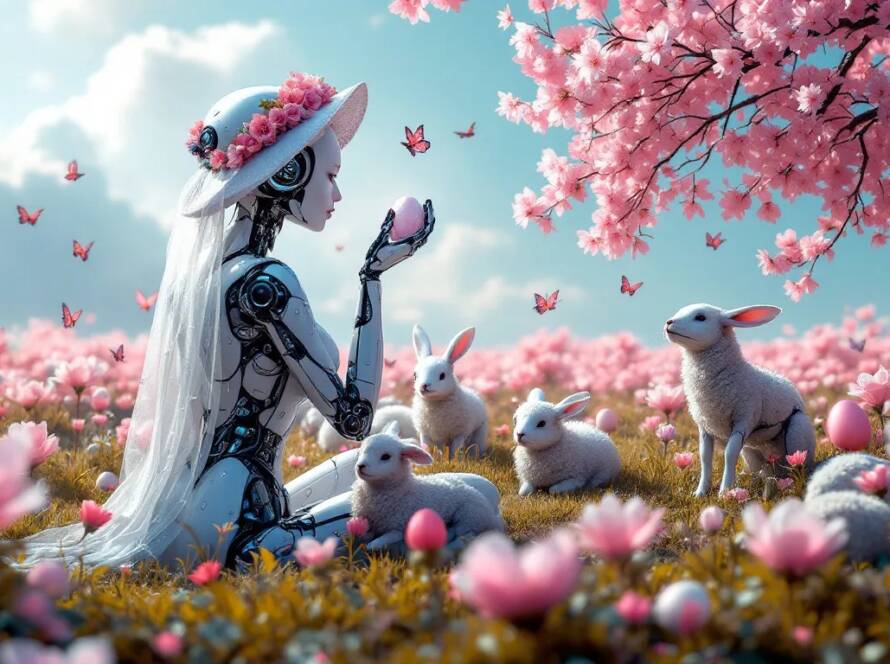Easter Eggs Traditions
Easter eggs are beautifully decorated eggs exchanged and enjoyed during the Easter holiday. While the oldest tradition involves using dyed and painted chicken eggs, modern customs often feature chocolate eggs as a popular alternative. These chocolate eggs can come in various forms, including hollow varieties wrapped in vibrant foil and intricately crafted designs made from spun sugar and pastry techniques. Additionally, jelly eggs, or jelly beans, made from sugar-coated pectin candy, are commonly associated with Easter. Traditionally, these treats are hidden by the Easter Bunny for children to discover on Easter morning.
Decorating eggs predates Easter itself, as eggs and rabbits have long been recognized as symbols of fertility. In the Jewish Passover Seder, a hard-cooked egg dipped in salt water represents new life and the Temple service in Jerusalem. This tradition may have roots in earlier Roman spring festivals.
Numerous origin stories surround the Easter egg tradition. One tale involves an emperor asserting that the Resurrection was as improbable as eggs turning red. More practically, the custom originated as a celebration marking the end of Lent, a fasting period. Historically, some cultures viewed eggs as meat, which was prohibited during Lent. To avoid wasting food, people would hard-boil the eggs produced by their chickens. This practice is reflected in the Spanish dish hornazo, which traditionally includes hard-boiled eggs as a key ingredient.
Easter eggs hold significant cultural importance in Poland and other Slavic countries as symbols of new life—the traditional batik-like decorating technique known as Pisanka results in intricately designed, vividly colored eggs. The renowned Fabergé workshops also created exquisite jeweled Easter eggs for the Russian Imperial Court, showcasing the artistry associated with this tradition.
Various decoration techniques and customs exist, with many people giving decorated eggs as tokens of friendship, love, or good wishes. In some regions of Britain, painted eggs are rolled down steep hills on Easter Sunday, adding a playful element to the celebration. Additionally, onion skins can impart a beautiful natural color when boiling hard-cooked eggs for Easter.
Overall, Easter eggs are a cherished symbol of renewal and joy, embodying the spirit of the holiday across different cultures and traditions.
source: Wikipedia, the free encyclopedia



